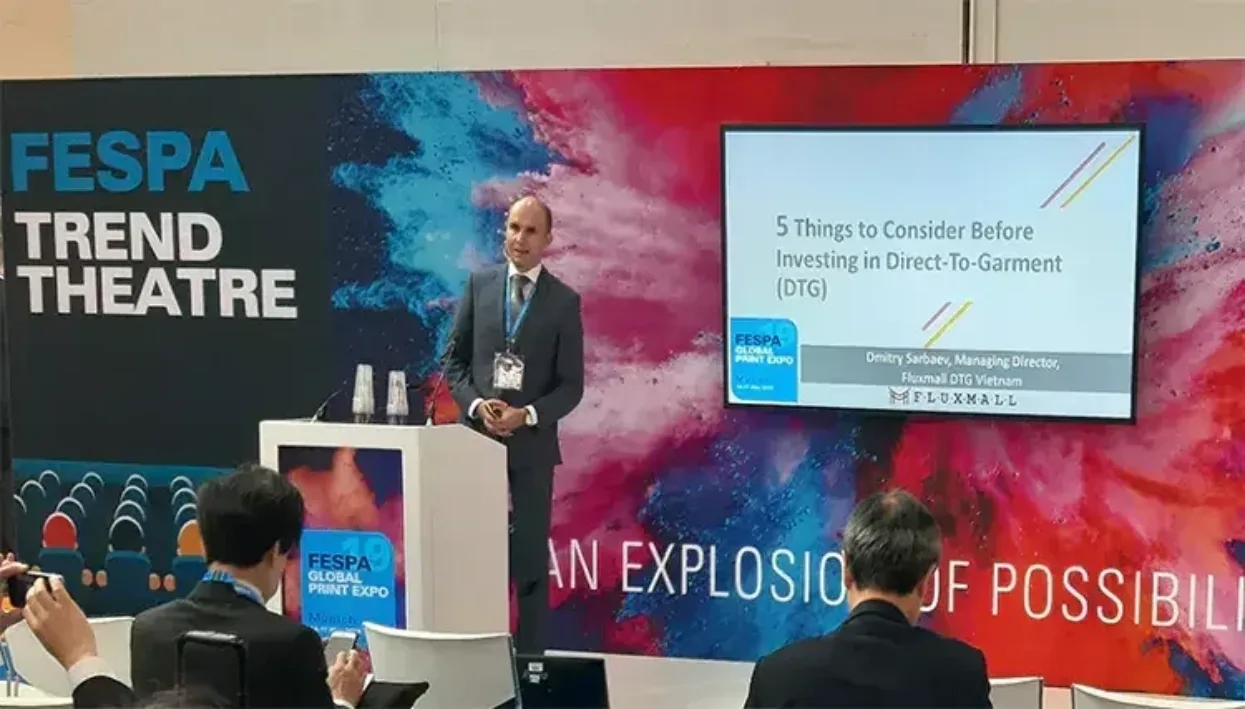Garment Printing
5 things to consider before investing in DTG
Author
FESPA Staff
Published Date
12/07/2019
Become a FESPA Member
to Continue Reading
